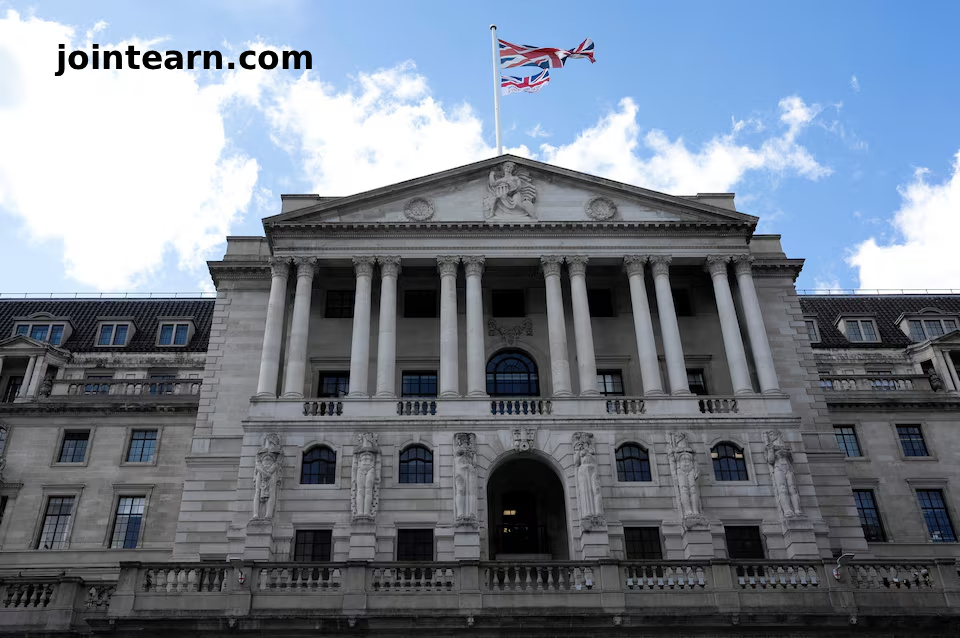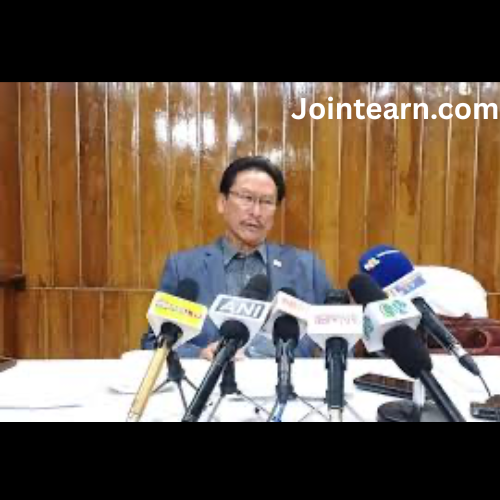
The Bank of England (BoE) voted narrowly on Thursday to keep borrowing costs unchanged, leaving the Bank Rate at 4.0%. However, signals from Governor Andrew Bailey and the tight 5-4 vote suggest a potential rate cut could follow after the UK government’s budget later this month.
BoE Keeps Rates Steady Despite High Inflation
The nine-member Monetary Policy Committee (MPC) voted 5-4 to maintain the benchmark Bank Rate. While Bailey joined the majority in holding rates steady, he was unique among the five in noting that overall inflation risks had declined, though he emphasized the value of waiting for further economic evidence.
Currently, Britain’s headline inflation is 3.8%, the highest among G7 nations. The BoE’s benchmark rate remains double that of the European Central Bank, presenting a challenge for stimulating economic growth.
Signs Inflation May Have Peaked
Despite stubbornly high inflation, the BoE highlighted signs that inflationary pressures are easing:
- September inflation unexpectedly remained steady.
- Labor market data indicate weakening price pressures.
The MPC believes inflation has peaked and expects it to fall in October and November as slower economic growth and a weaker jobs market reduce demand. Bailey noted:
“We still think rates are on a gradual path downwards, but we need to be sure that inflation is on track to return to our 2% target before we cut them again.”
Guidance Change Signals Potential Future Cuts
In an update to its communications strategy, the BoE revised its language regarding interest rate outlooks. The previous statement about a “gradual and careful approach” to cutting rates was replaced with:
“If progress on disinflation continues, Bank Rate is likely to continue on a gradual downward path.”
This subtle shift hints at a possible future reduction in borrowing costs, particularly if inflation trends align with the BoE’s expectations.
Market Reaction and Investor Expectations
The decision to hold rates was broadly expected, with futures markets pricing only a one-in-three chance of a cut. However, the narrow vote and Bailey’s potential change in stance have boosted expectations for a rate reduction at the next MPC meeting in mid-December, with investors currently pricing in roughly a 60% chance.
The next MPC meeting will consider:
- October and November inflation and jobs data.
- Expected tax increases in the UK government budget on November 26, announced by Finance Minister Rachel Reeves.
BoE Economic Forecasts
As part of its updated forecasts, the BoE projected:
- UK economic growth of 1.5% in 2025, up from 1.25%.
- Growth of 1.2% in 2026, largely unchanged from August projections.
- Inflation above the 2% target until Q2 2027, though expected to slightly decrease to 1.9%.
For the first time, the BoE published summaries of individual MPC members’ views, enhancing transparency following criticism during the 2022 inflation spike.
Outlook for Borrowers and Businesses
The BoE’s pause in rate adjustments represents the first since its gradual rate-cut cycle began in August 2024. Households and businesses may see borrowing costs remain high in the short term, but the prospect of a future interest rate cut could ease pressures on consumer spending and investment later this year.
Governor Bailey and other MPC members are scheduled to hold a press conference at 12:30 GMT, offering further insights into monetary policy decisions.


Leave a Reply